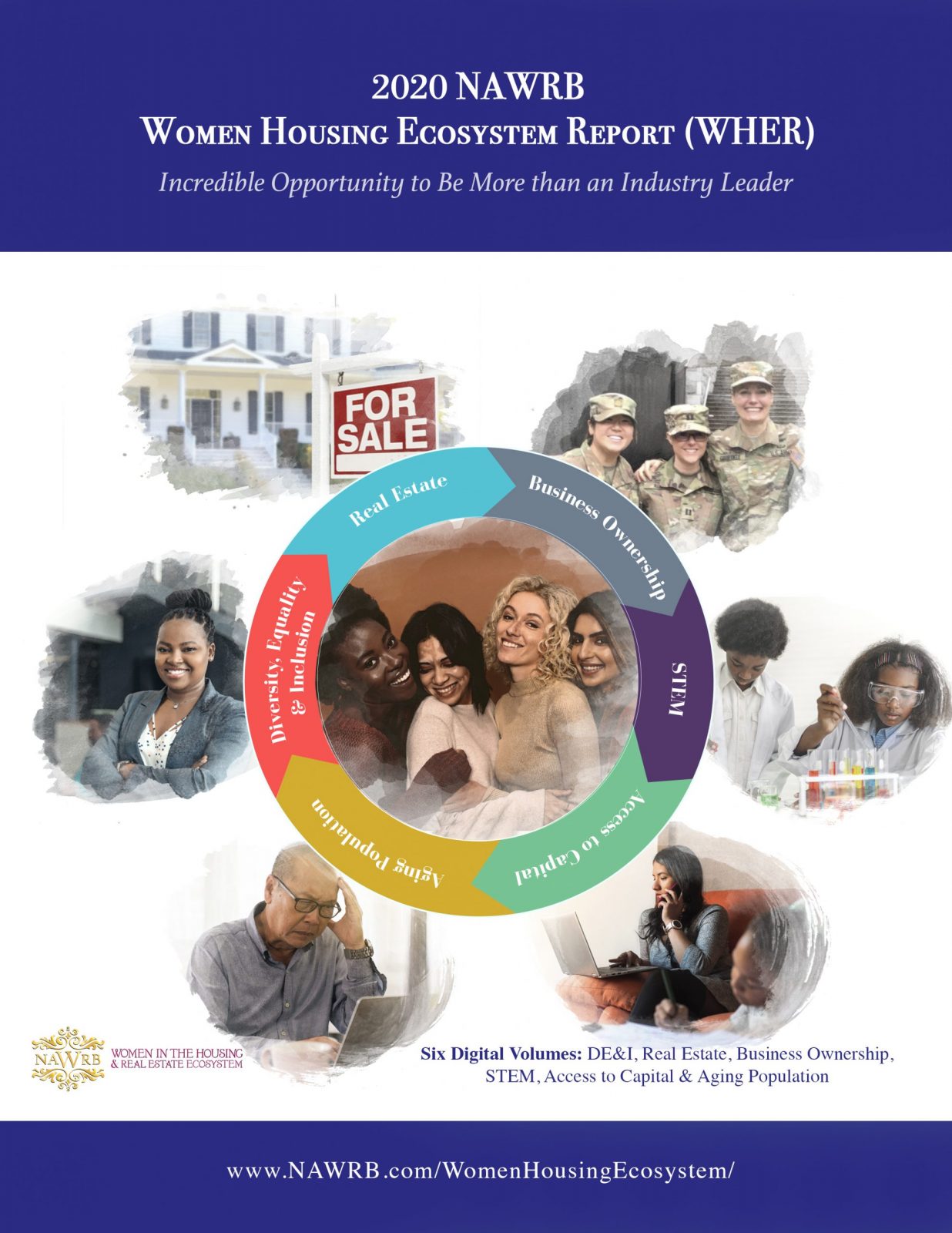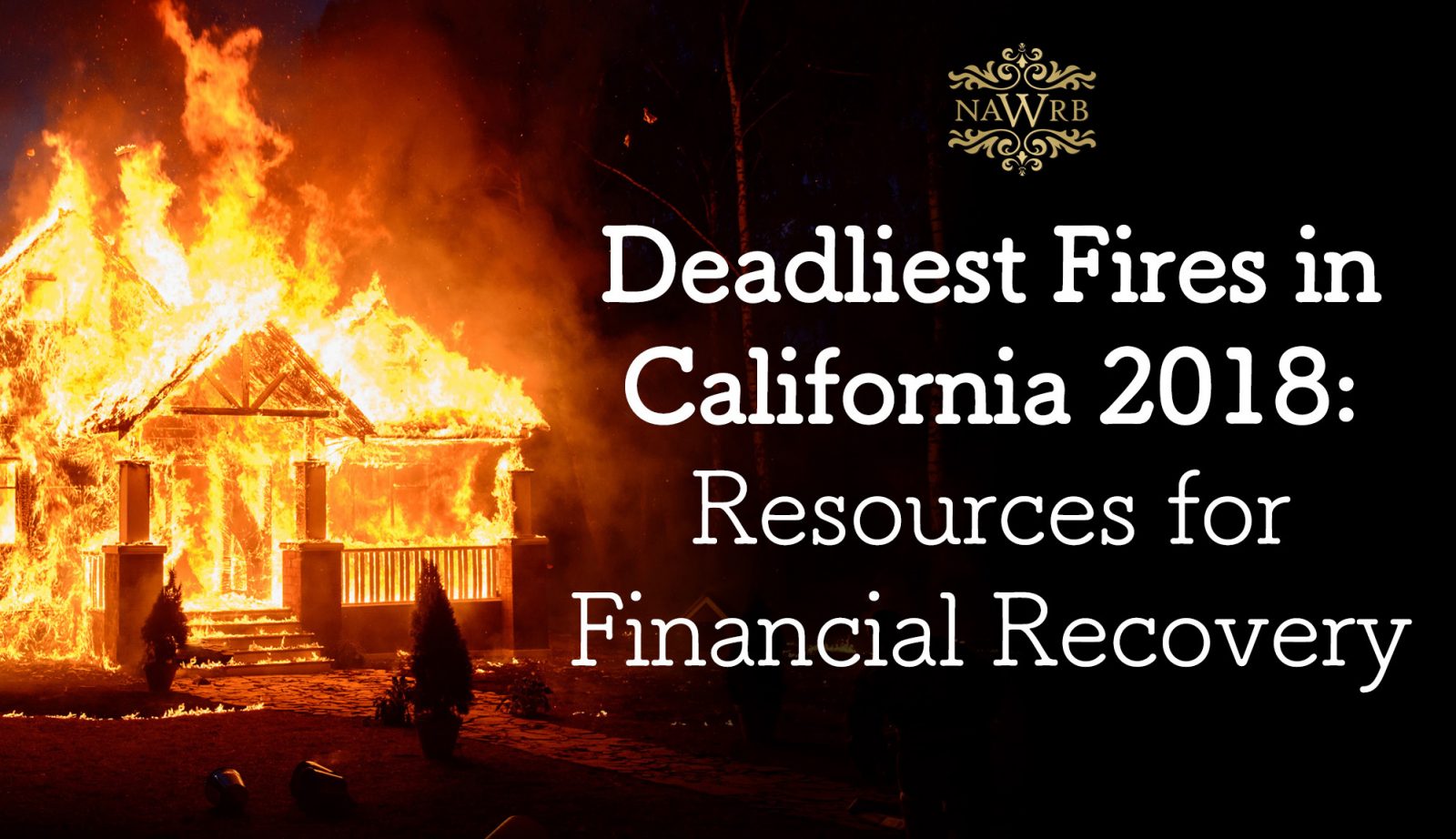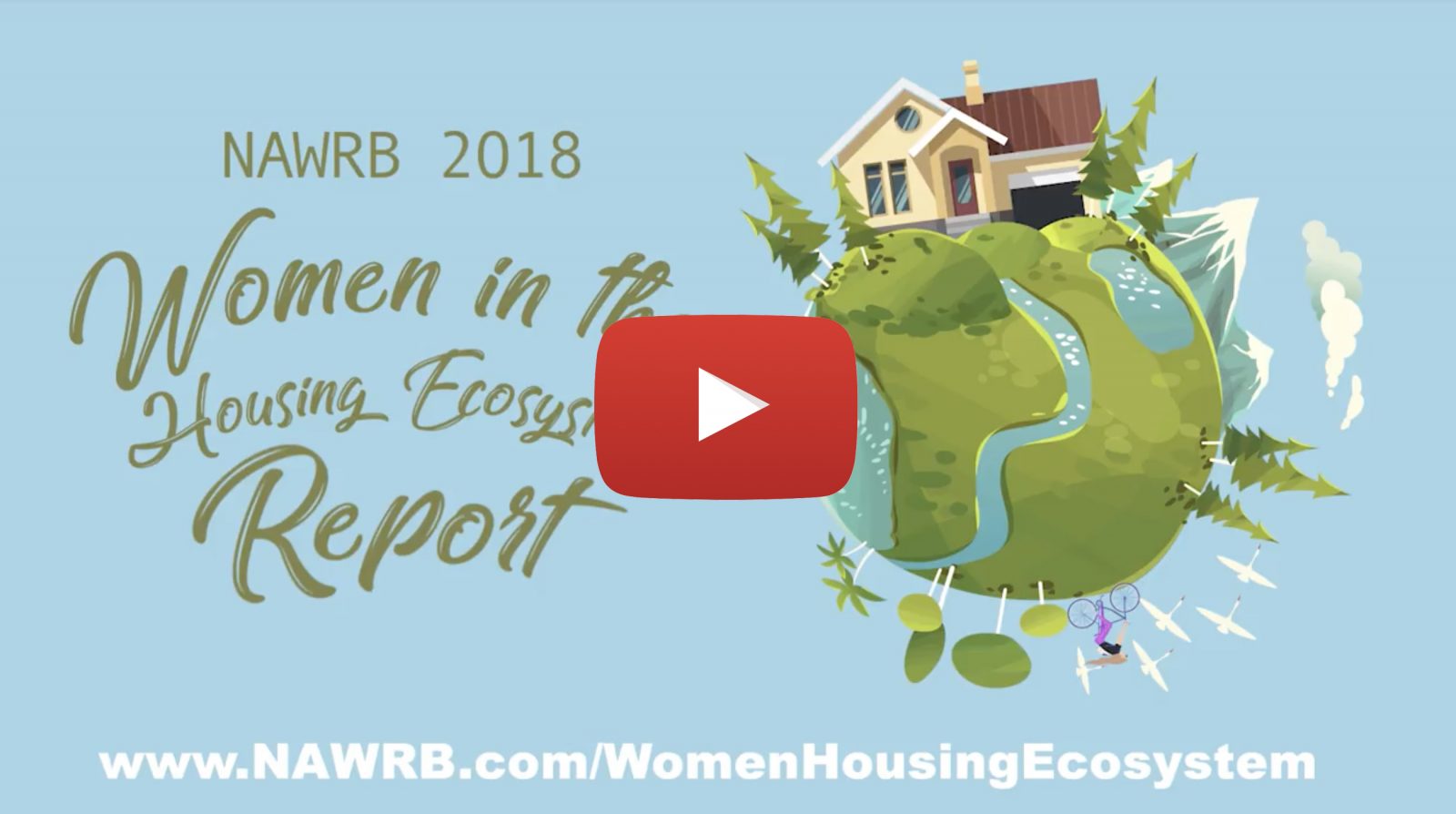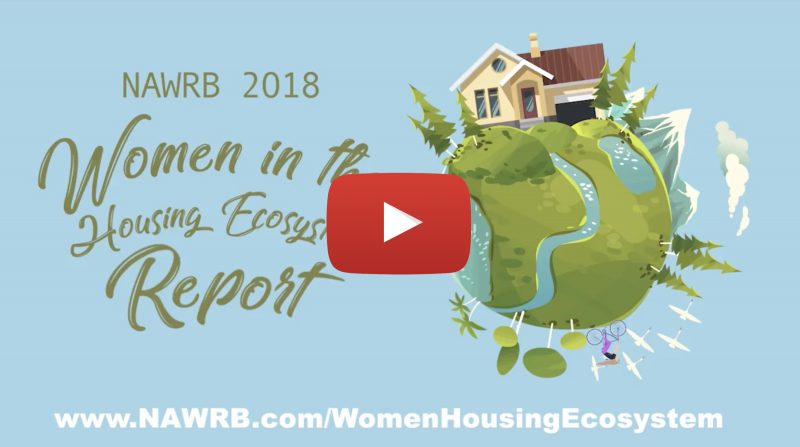This morning’s Know the Rules of the Game Podcast: COVID-19 Impact on Homelessness with Brateil Aghasi and Kellie Aamodt was moving and inspirational. Huge shoutout to Aghasi, CEO of WISEPlace, for all the tremendous work she & her team does in aiding displaced women.
Aghasi’s Three Rules when it comes to aiding the impacted, especially during a pandemic are:
Rule #1: Put People First
Rule #2: Acknowledge the Importance of Volunteers
Rule #3: Focus on Housing
Watch or Listen to the full video broadcast here: tinyurl.com/WISEPlace & nawrb.com/podcast
_
To learn more about Aghasi’s mission to lead the effort of ending homelessness for unaccompanied women through housing solutions and empowering wrap-around services that provide a path toward personal self-reliance, visit https://wiseplace.org/
Interested in being a guest or sponsor on “Know the Rules of the Game” Podcast? Email us at info@nawrb.com

 Login
Login



















 As I look back on my twenty-five-year career in corporate America, I am struck by and struggle with the Diversity & Inclusion (“D&I”) and employee engagement mantra to “bring your whole self to work.” That might surprise you if you know me: I started my career working on D&I, and have worked on D&I inside and outside the workplace ever since. Some may even consider me a champion of D&I. But it is my passion for D&I that brings me to the conclusion that it is time to break the “bring your whole self to work” myth.
As I look back on my twenty-five-year career in corporate America, I am struck by and struggle with the Diversity & Inclusion (“D&I”) and employee engagement mantra to “bring your whole self to work.” That might surprise you if you know me: I started my career working on D&I, and have worked on D&I inside and outside the workplace ever since. Some may even consider me a champion of D&I. But it is my passion for D&I that brings me to the conclusion that it is time to break the “bring your whole self to work” myth.






